July 4th Fireworks Lead to Dangerous Air Quality Levels in California
Independence Day fireworks have led to hazardous air quality conditions across Southern California on Friday, July 5. The South Coast Air Quality Management District (AQMD) has issued a special advisory due to the increased particle pollution.
This advisory impacts parts of Los Angeles, Orange, San Bernardino, and Riverside counties and will be in effect until midnight.
Worst Air-Quality Days of the Year
The AQMD highlights that emissions from July 4th fireworks often result in the worst air-quality days annually. Fireworks release metal pollutants that contribute to the overall particle pollution in the region.

Source: Jim Strasma/Unsplash
This year’s celebration was no exception, with significant air quality deterioration observed early on July 5.
Moderate AQI Levels in South Bay and Orange County
As of 9 a.m. on July 5, air quality in the South Bay and Orange County areas was recorded at a Moderate AQI level.
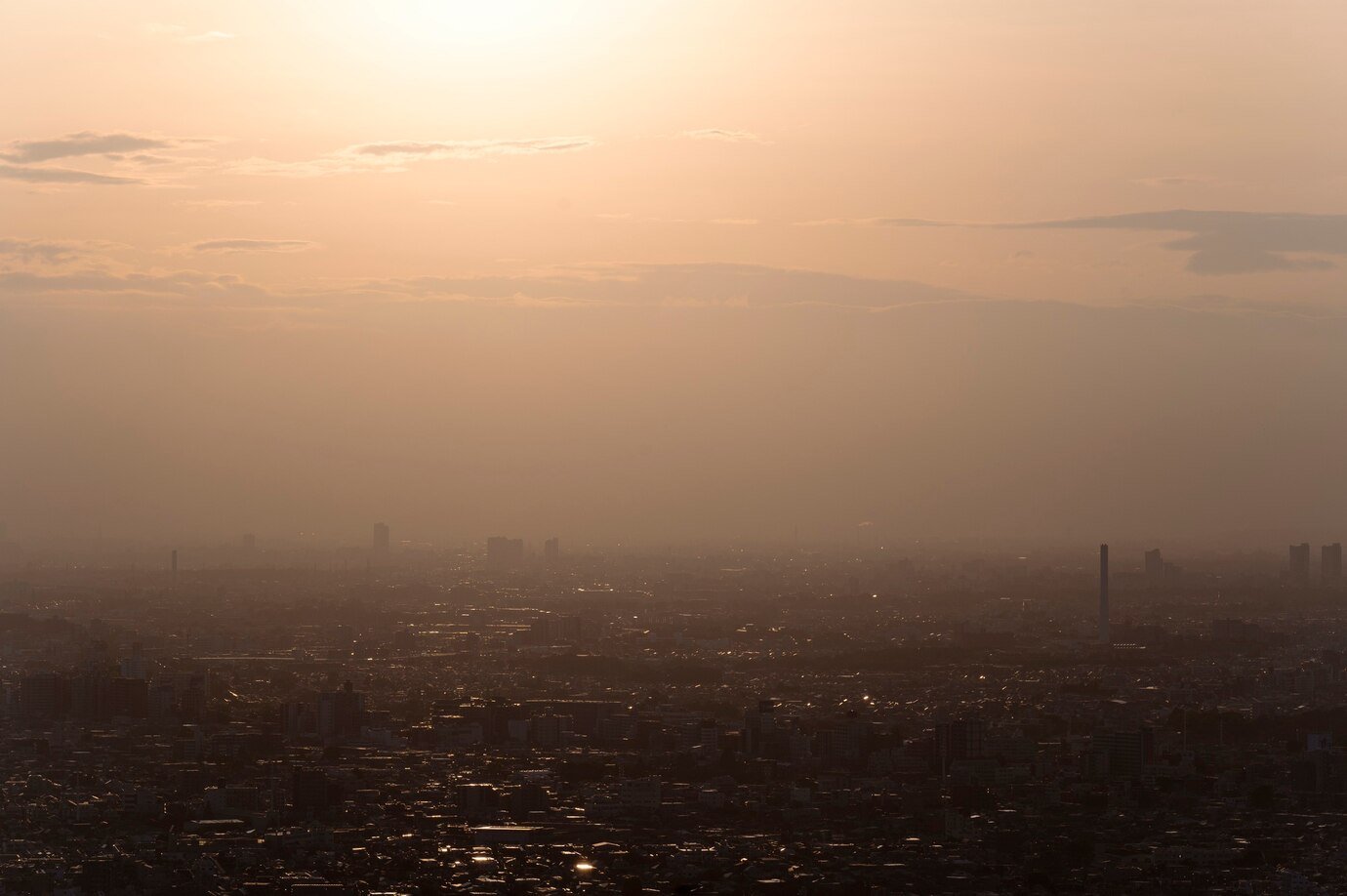
Source: Freepik
While this is better compared to other regions, it still indicates the presence of pollution that can affect sensitive groups. Residents are advised to stay cautious and limit outdoor activities.
Unhealthy to Hazardous Air Quality in LA and Valleys
Many areas of Los Angeles, the San Fernando Valley, the San Gabriel Valley, and the Inland Empire faced air quality levels ranging from “Unhealthy” to “Hazardous.”
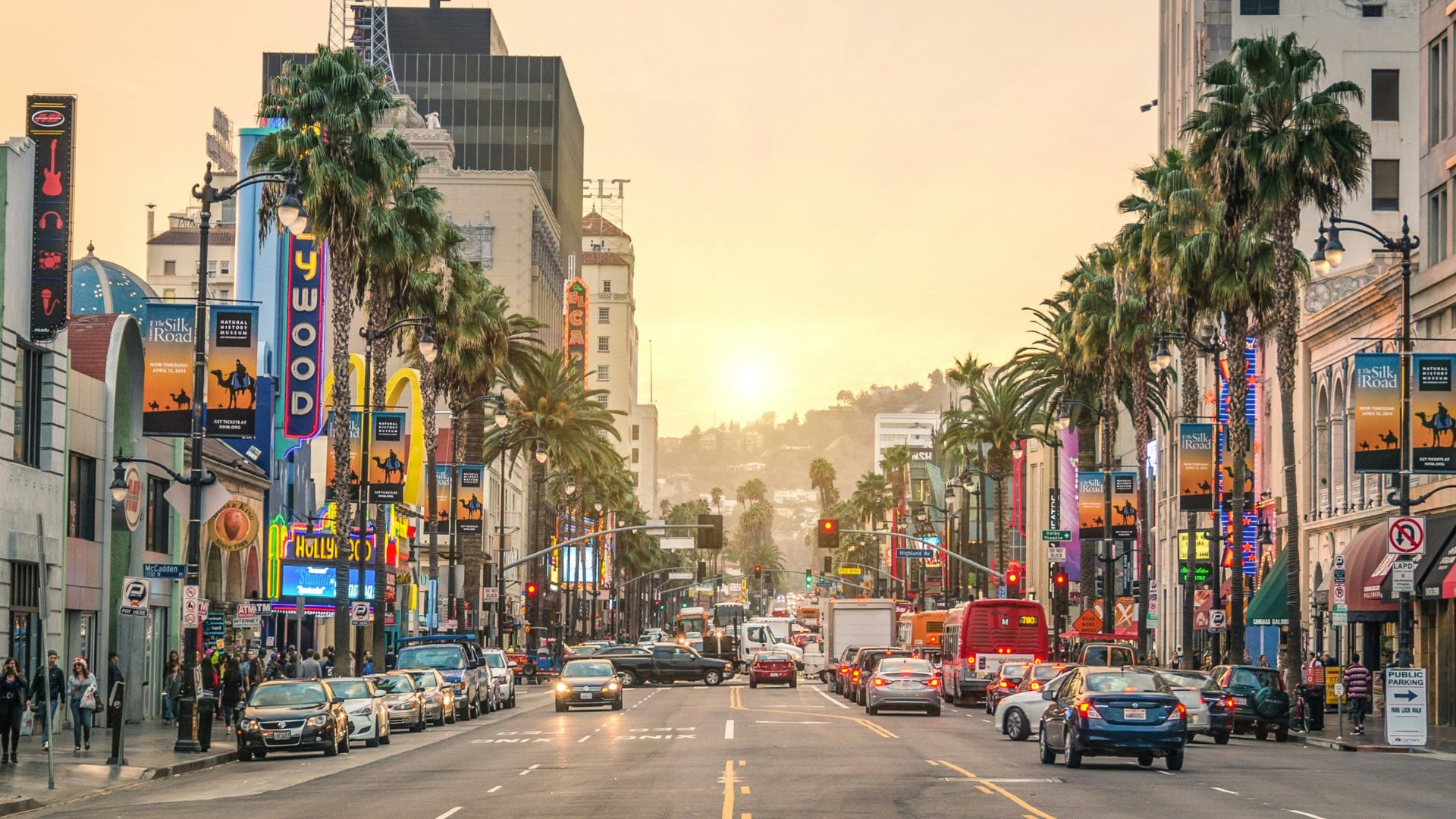
Source: Lala Miklós/Unsplash
These regions experienced significant pollution due to fireworks, exacerbating existing air quality issues from vehicles and industrial sources.
Glendora and Azusa Experience Hazardous Air Quality
The worst-hit areas on the morning of July 5 included Glendora, Azusa, and parts of West Covina. These locations experienced “Hazardous” air quality levels, making it dangerous for all residents, especially those with pre-existing health conditions.

Source: MicheleKay Saiki-Poaha/Unsplash
The AQMD strongly recommends staying indoors in these areas.
Very Unhealthy Air in Nearby Cities
Cities like Pomona, Montclair, Claremont, Duarte, and Arcadia faced “Very Unhealthy” air quality levels.
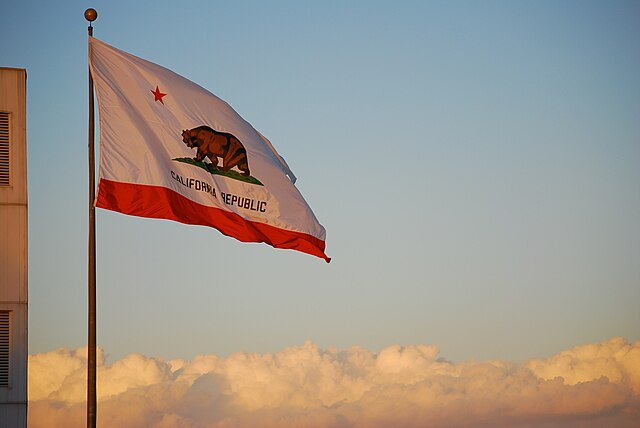
Source: Eric Chan, Wikimedia
This means that the general public may experience health effects, and sensitive groups could face more severe impacts.
San Fernando Valley's Eastern Regions Affected
The eastern San Fernando Valley, including Burbank and Glendale, also recorded “Very Unhealthy” air quality levels.
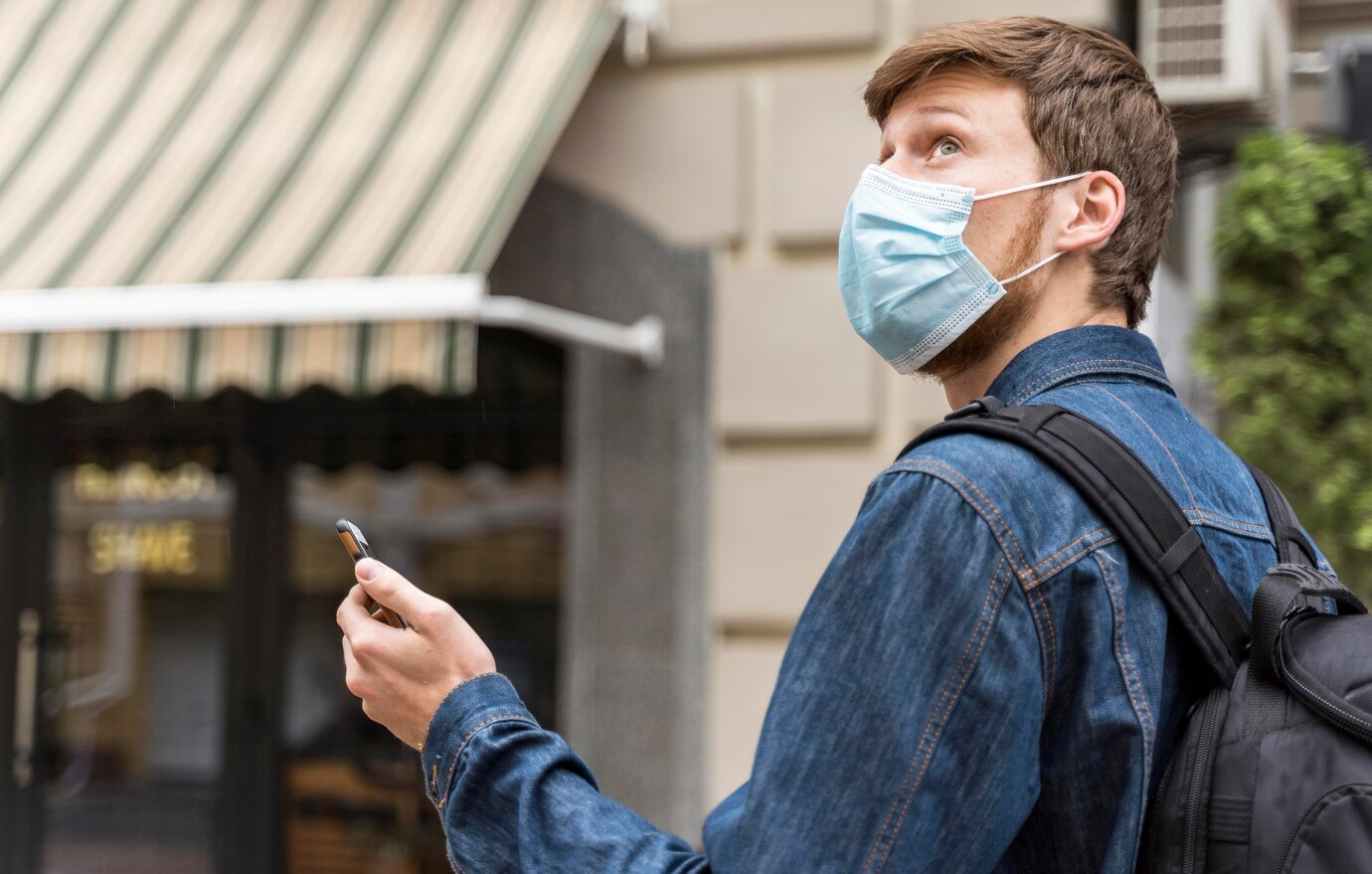
Source: Freepik
Residents in these areas should take precautions to protect their health, especially children, the elderly, and those with respiratory conditions like asthma.
Unhealthy Air Across Most of LA
Most of Los Angeles, the rest of the San Gabriel Valley, and the Inland Empire extending to Redlands experienced “Unhealthy” or “Unhealthy for Sensitive Groups” air quality levels.

Source: devmaryna, Freepik
These conditions make it vital for people to limit outdoor activities and follow AQMD guidelines to reduce exposure to harmful pollutants.
Backyard Fireworks Worsen Local Air Quality
The AQMD noted that “backyard” fireworks contribute significantly to local air pollution.
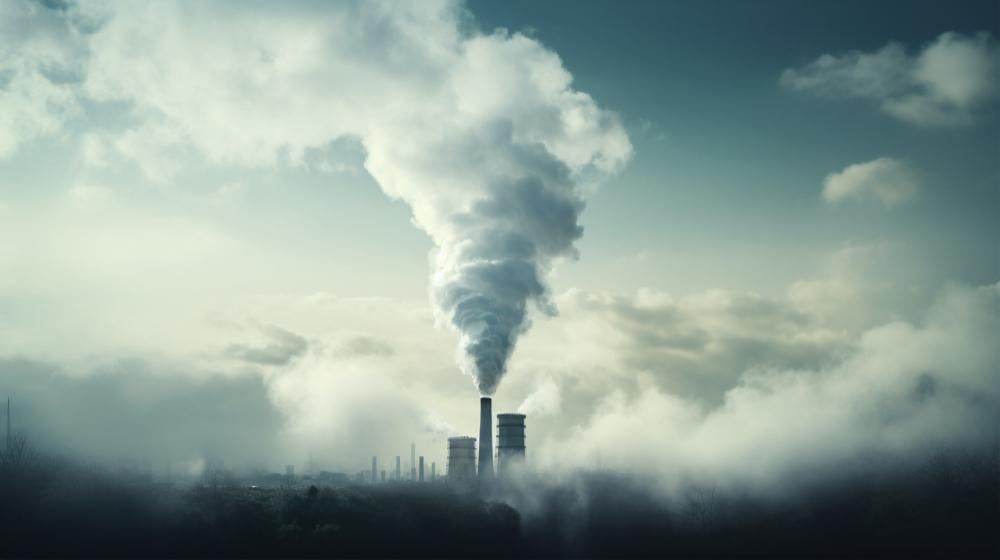
Source: Freepik
These smaller displays can lead to higher levels of fine particulate matter in neighborhoods, causing even more severe air quality issues than regional measurements might show.
Fireworks Add to Existing Pollution
Fireworks particles add to the existing pollution from vehicles and industrial activities in the Southern California basin.
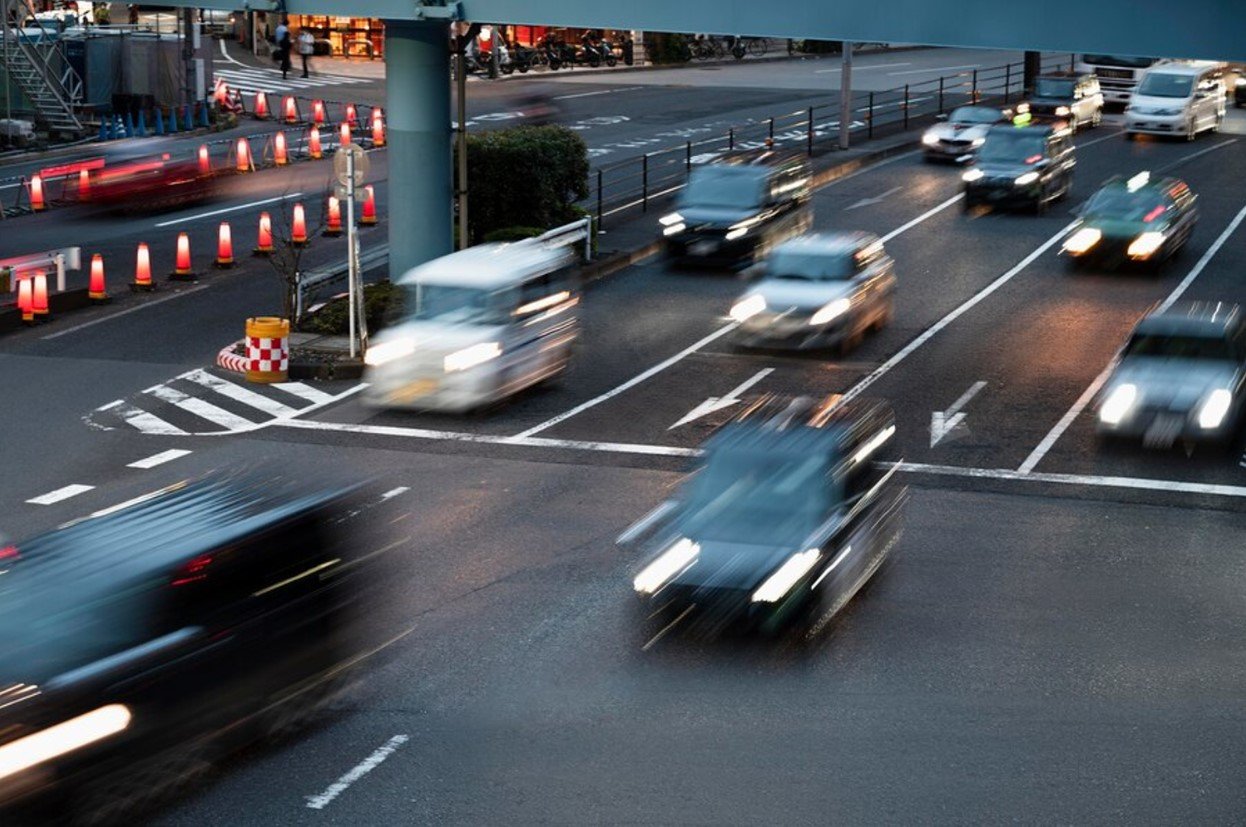
Source: Freepik
This combination leads to an overall decline in air quality, making days following July 4th particularly challenging for those with health concerns.
High Ozone Levels Compound the Problem
High ozone levels, unrelated to July 4th celebrations, also contribute to decreased air quality.
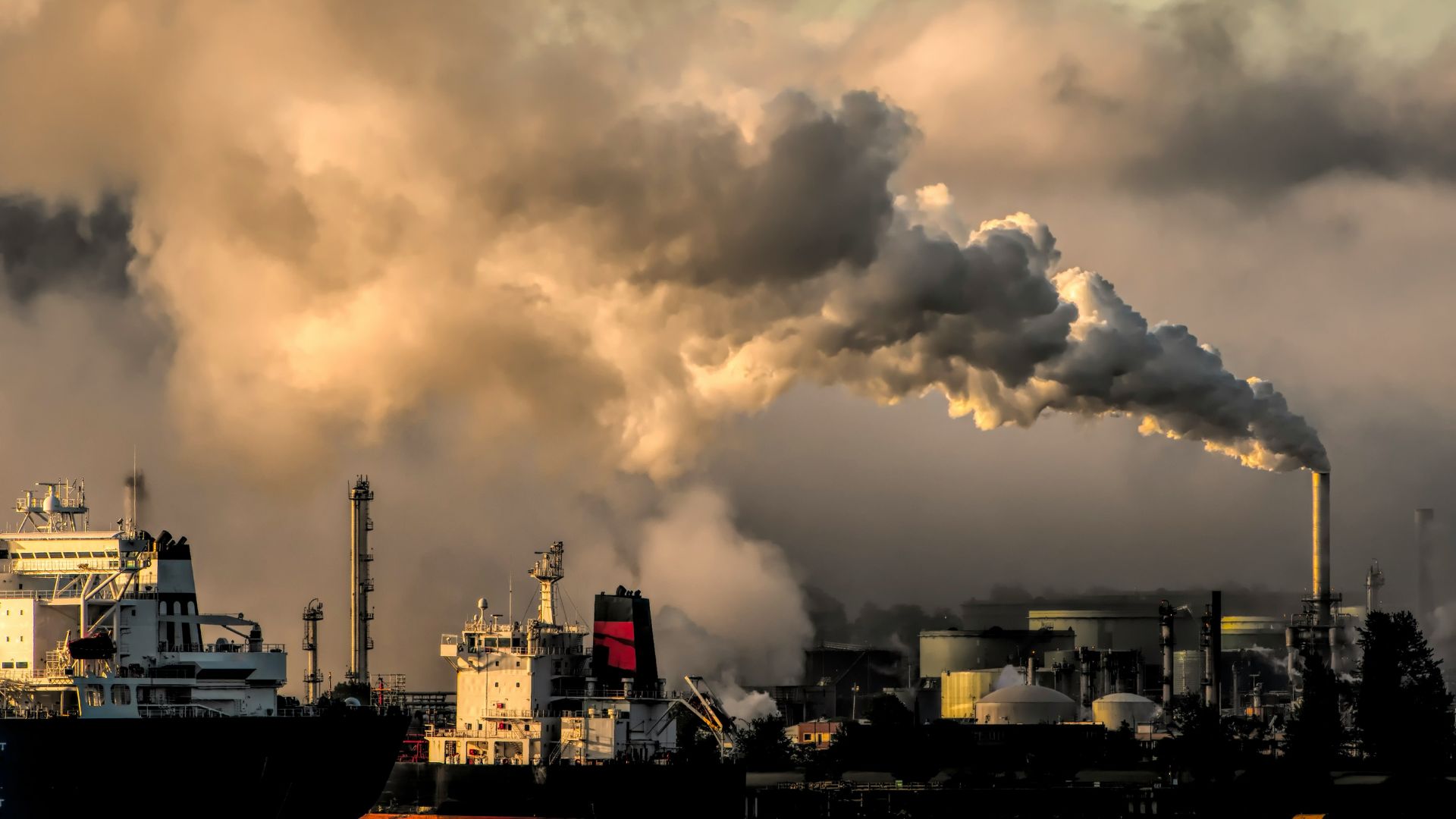
Source: Chris Leboutillier/Unsplash
This leads to the “Very Unhealthy” AQI levels observed in the afternoon and evening on July 5. Residents should be aware of the compounding effects of these pollutants.
Health Risks and Precautions
The AQMD warns that inhaling fine particulate matter can severely impact cardiovascular and respiratory health. Risks include heart attacks, worsened asthma, decreased lung function, coughing, and difficulty breathing.

Source: National Cancer institute/Unsplash
To minimize these risks, the AQMD recommends staying indoors, avoiding vigorous physical activity, and using air conditioners and air purifiers to maintain indoor air quality.
